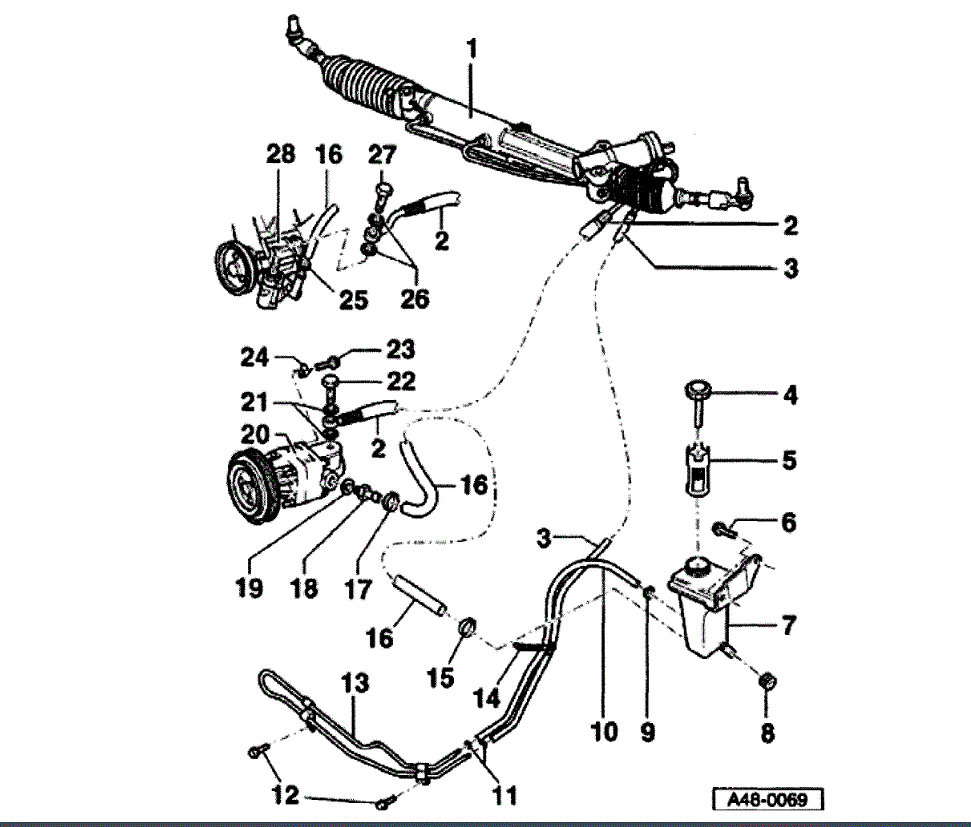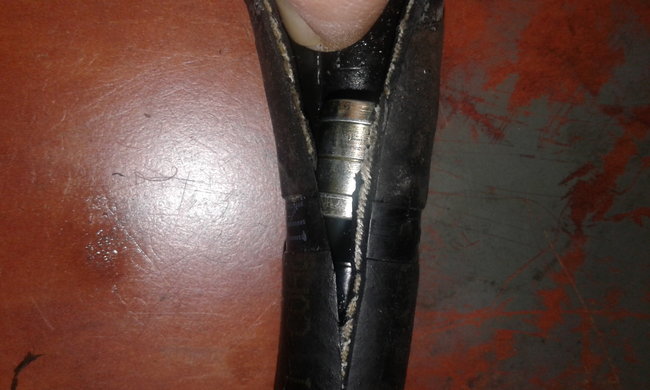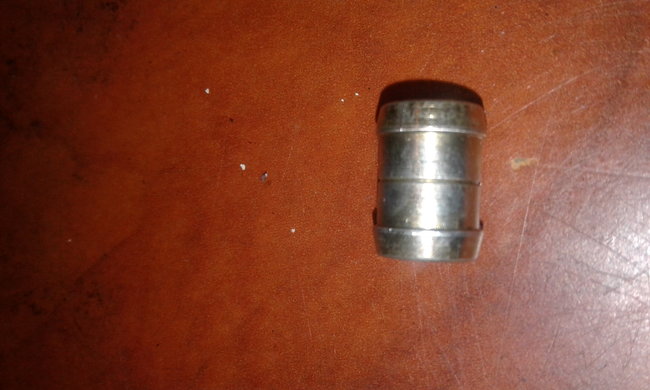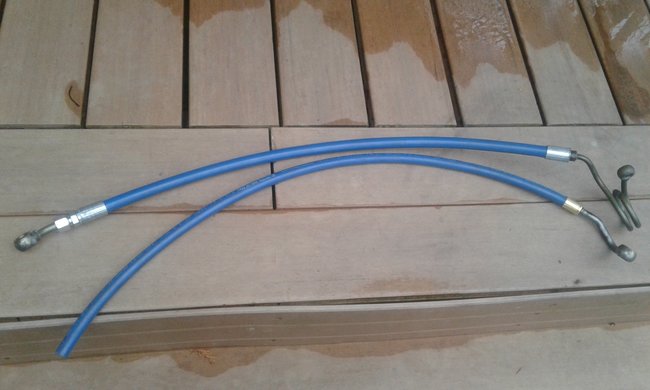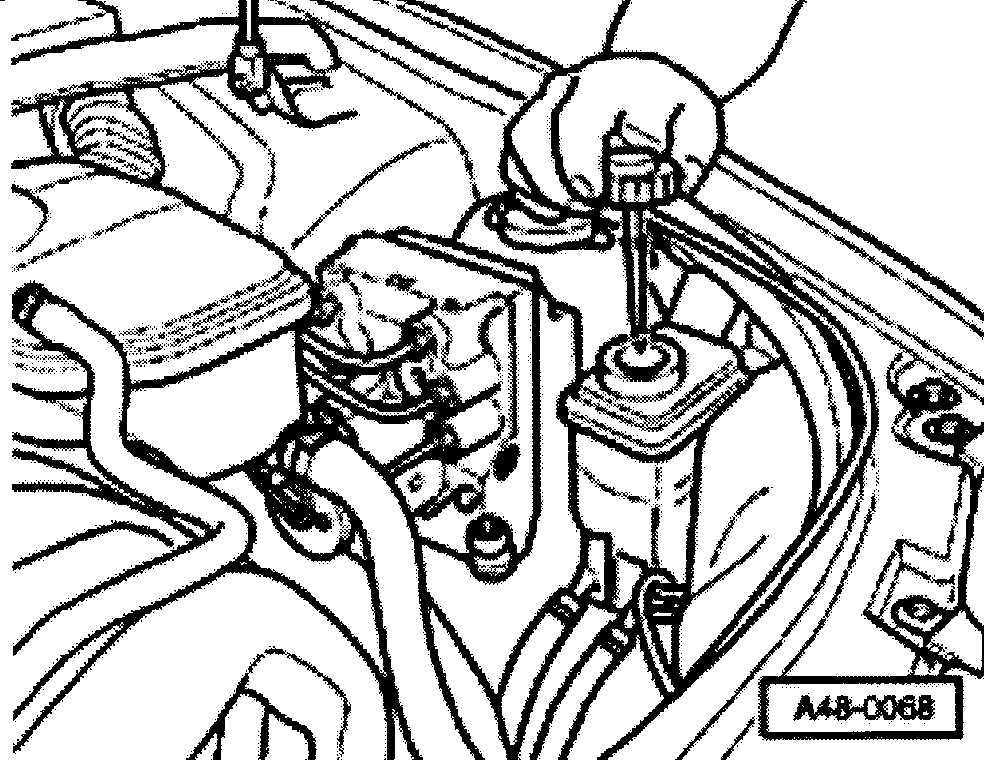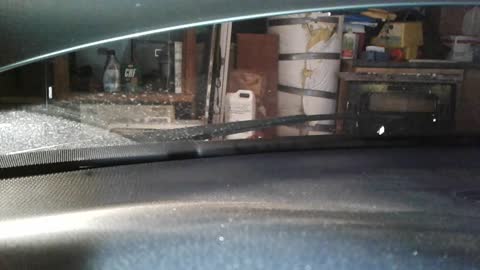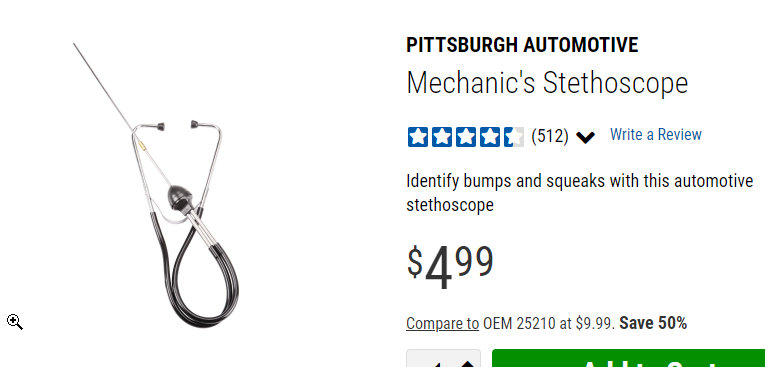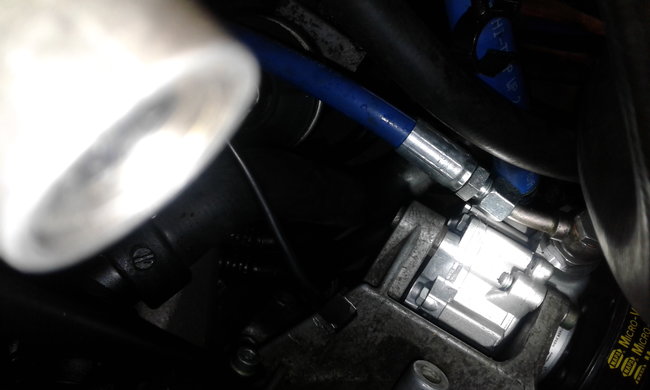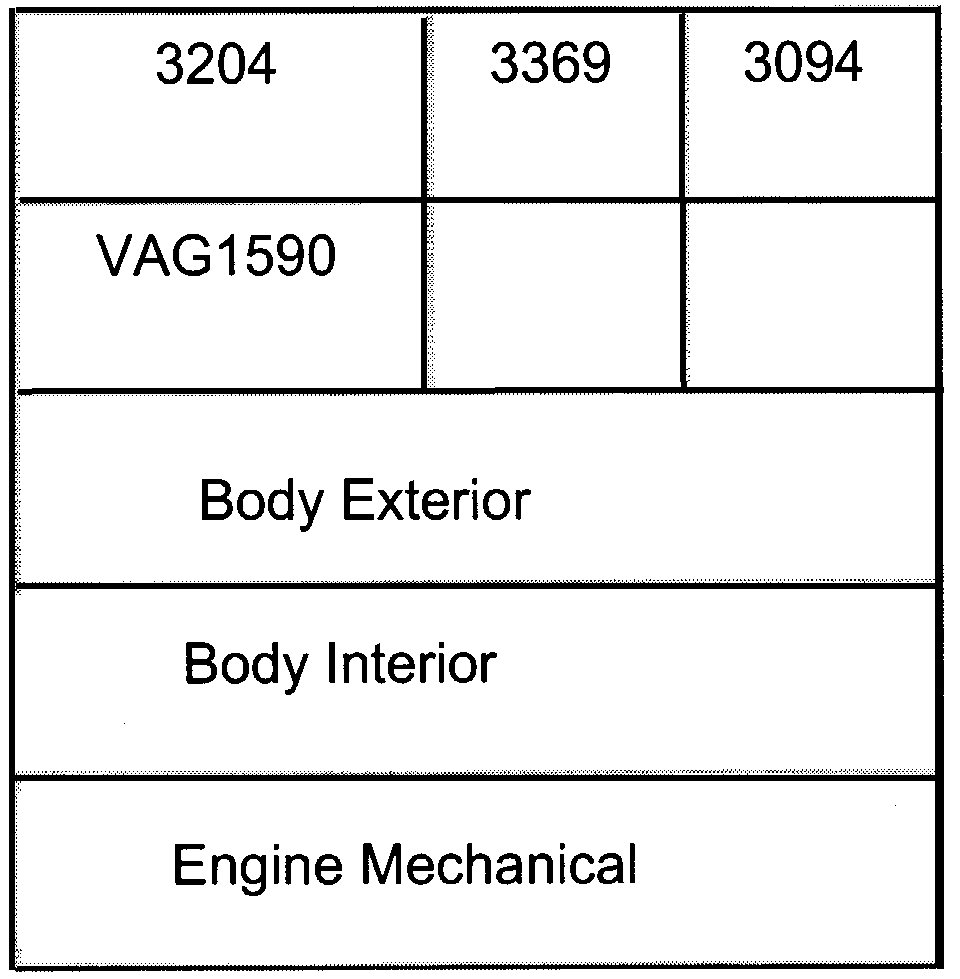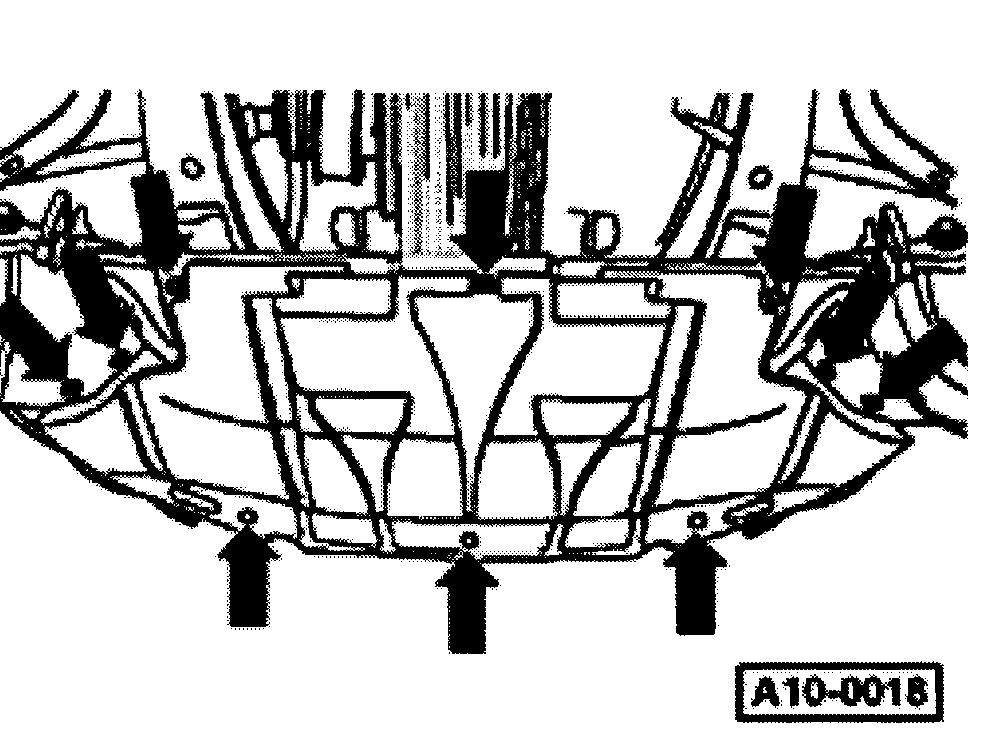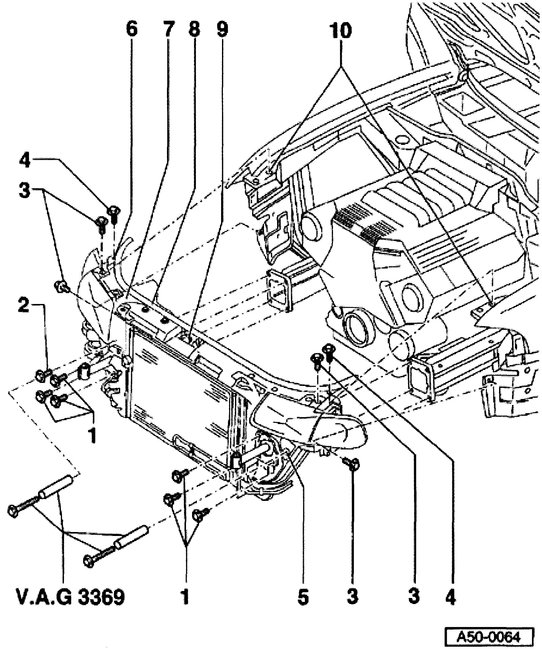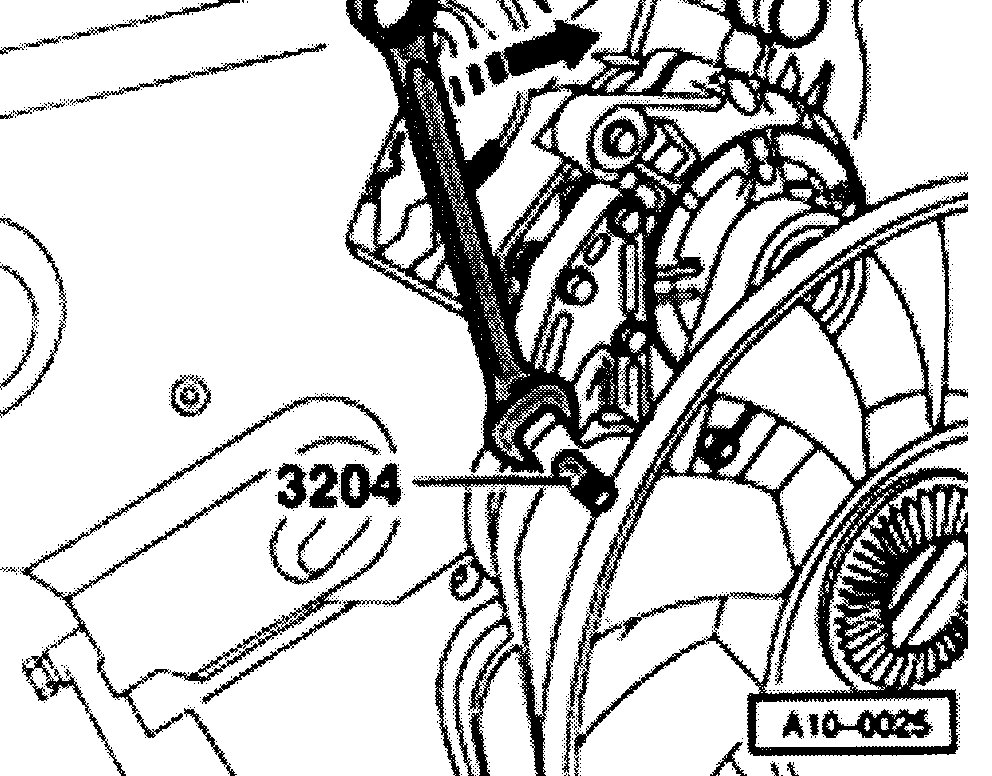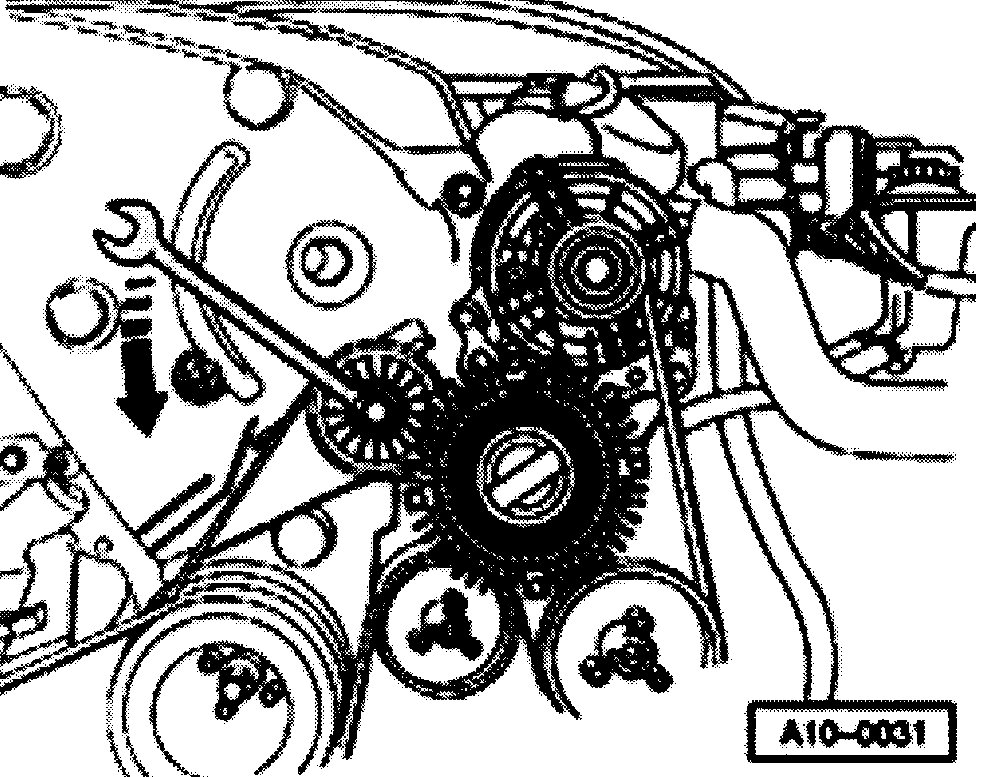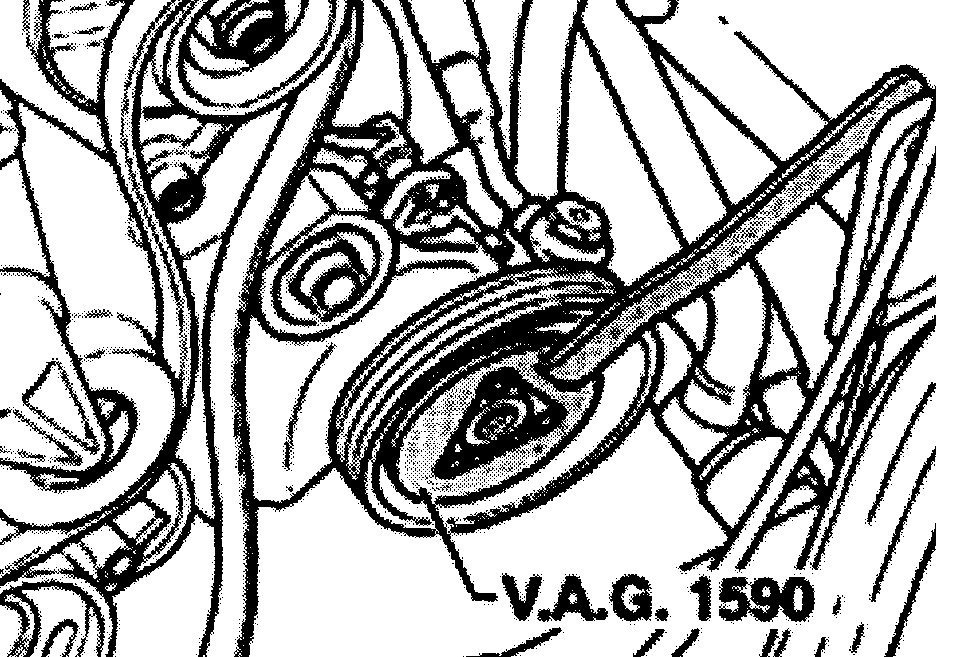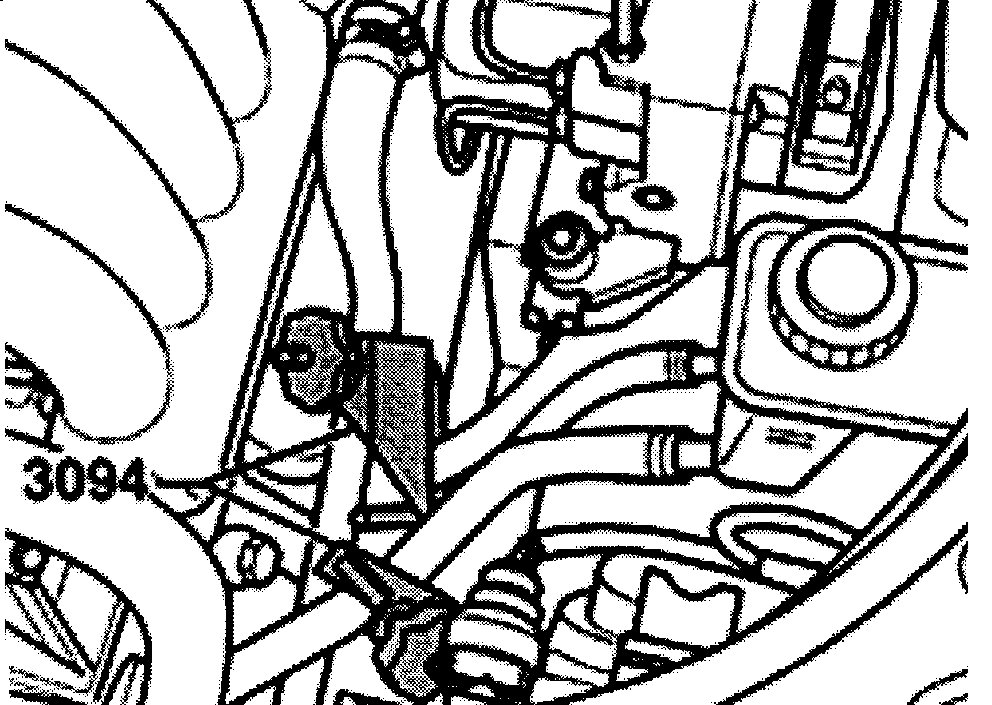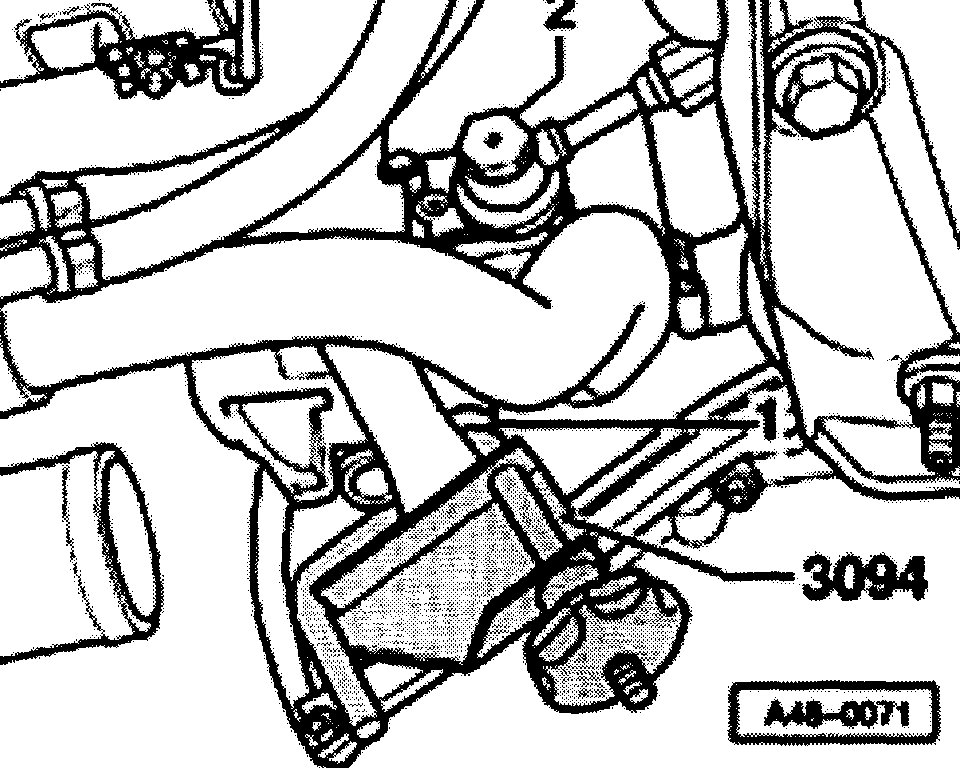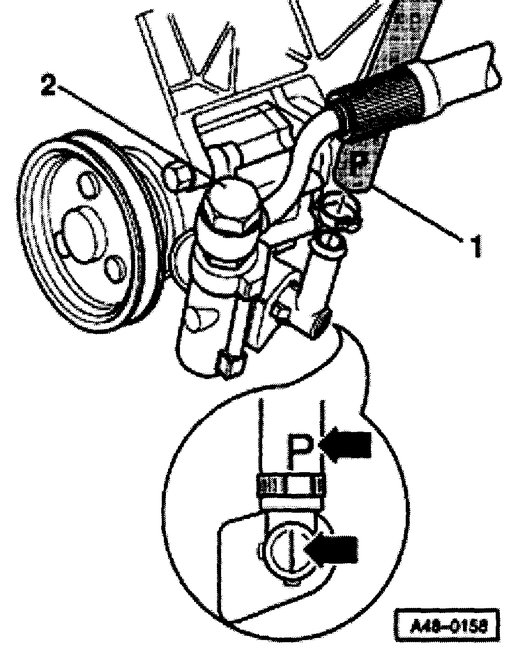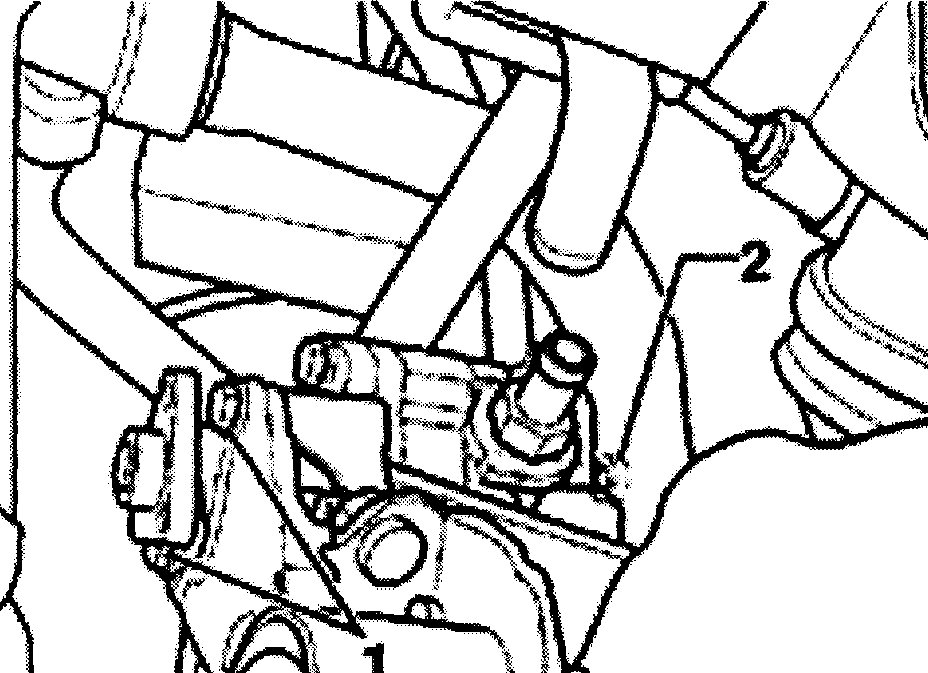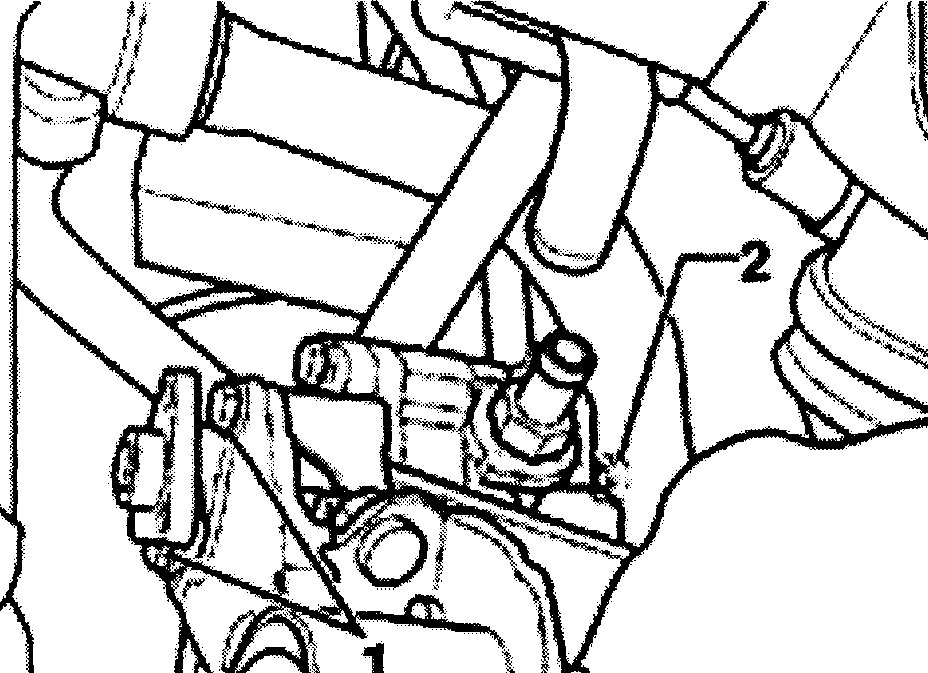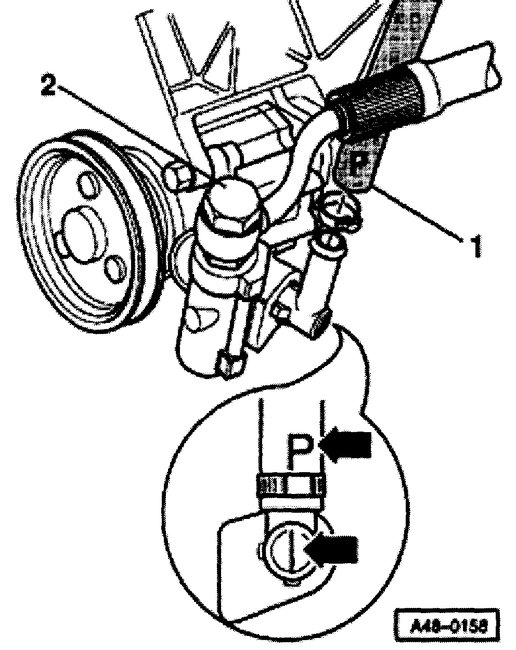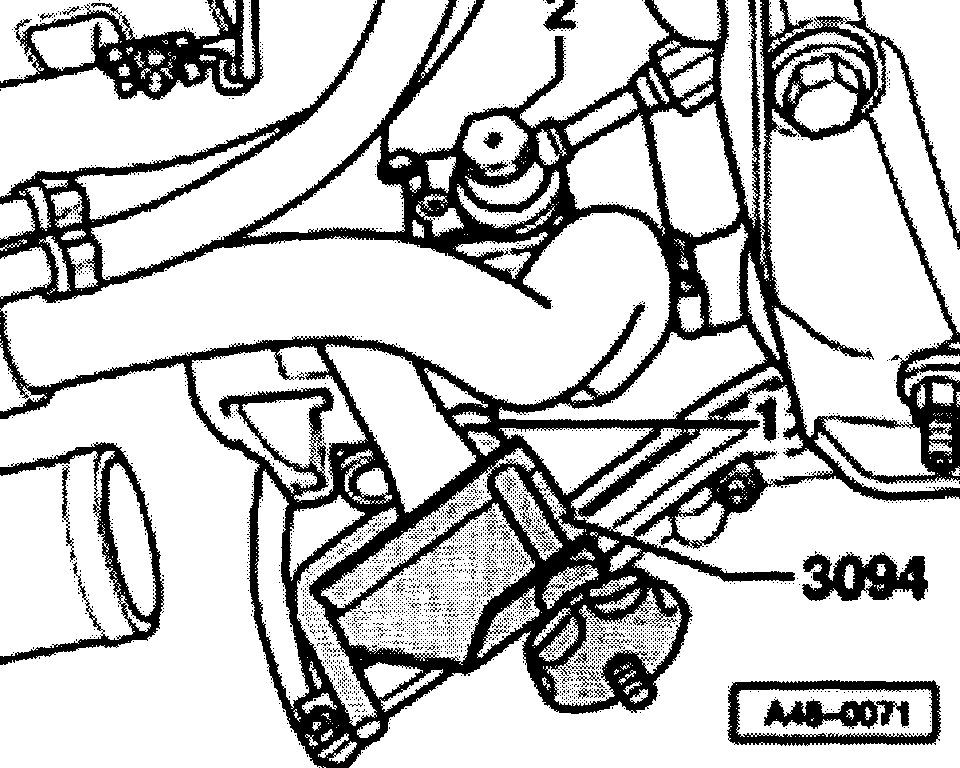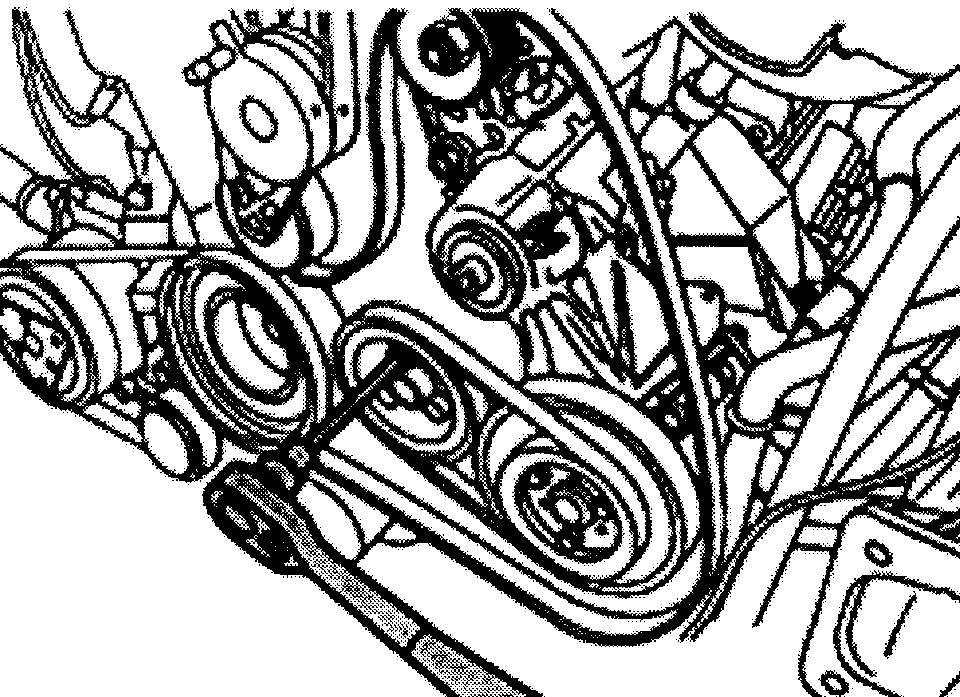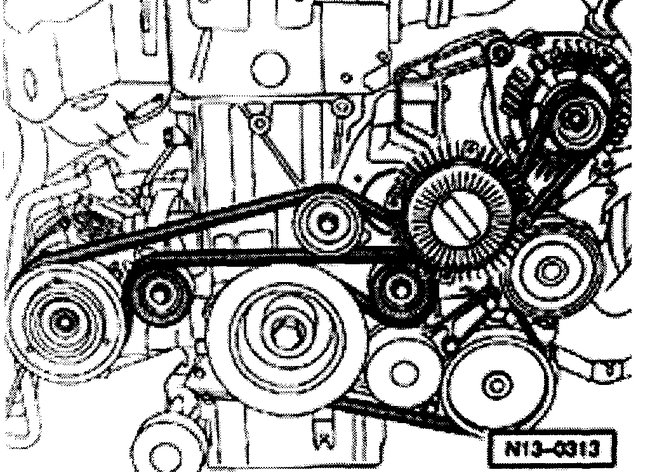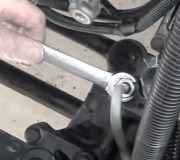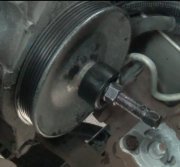Hi,
I don't know if you need or want them, but here are the directions for replacing it if you plan to do it yourself. The attached pics correlate with the directions. When you look through them, pay attention to pic 12 and the directions. This step was not part of the older one I did not too long ago.
_______________________________________________
2001 Audi A4 Quattro Sedan (8D2) L4-1.8L Turbo (AWM)
Power Steering Pump Removing and Installing
Vehicle Steering and Suspension Steering Power Steering Power Steering Pump Service and Repair Procedures Power Steering Pump Removing and Installing
POWER STEERING PUMP REMOVING AND INSTALLING
Power Steering Pump, Removing and Installing
Notes:
Power steering pumps cannot be repaired. If problems in the pump are suspected, carry out pressure and leakage tests. Replace the pump if it is malfunctioning.
Check steering system for leaks if the fluid level in the reservoir is low.
If there are leaks at the line connections, first tighten connections, wipe dry and re-check for leaks.
Bleeding the steering system, refer to Power Steering Bleeding - Service and Repair - Procedures See: Power Steering Bleeding > Procedures
Checking the steering systems for leaks, refer to Power Steering Fluid - Testing and Inspection - Procedures
Type of hydraulic fluid: G 002 000
Caution! Pumps supplied as replacement parts are not filled with fluid. Therefore it is essential to fill the pump with hydraulic fluid G 002 000 and rotate pump several times by hand. Otherwise the pump may be damaged or be noisy during operation.
Power steering pump (4-cyl. Engine), removing and installing
Special tools, test equipment and auxiliary items
pic 1
Removing
pic 2
- Remove noise insulation panel.
- Remove front bumper, refer to Body and Frame - Bumper - Service and Repair - Procedures See: Front Bumper > Removal and Replacement
- Move lock carrier to service position.
Lock carrier, moving to service position
pic 3
1. Bolt (6x) 50 Nm (37 ft lbs)
2. Bolt 50 Nm (37 ft lbs)
3. Bolts (4x) 8 Nm (71 in lbs)
4. Bolts (2x) 8 Nm (71 in lbs)
5. Access hole for 3369 support tool
6. Hole in front end
For securing lock carrier in service position
7. Lock carrier
8. Weather stripping for hood
9. Bowden cable for hood
10. Holes in side panel
Moving to service position
- Remove front bumper, refer to Body and Frame - Bumper - Service and Repair - Procedures See: Front Bumper > Removal and Replacement
- Remove intake air duct located between lock carrier and air cleaner.
- Remove bolt -2- and install 3369 support tool on left and right hand sides.
- Remove bolts -1-, -3- and -4- then pull lock carrier forward on 3369 support tool.
Removing ribbed belt on vehicles with 4-cyl. Gasoline engine
pic 4
- Move tensioner in direction of arrow to loosen ribbed belt.
- Secure using 3204 drift.
CAUTION: Mark the running direction before removing. Reinstalling a used belt in reversed running direction could damage the belt.
Removing ribbed belt on vehicles with 4cyl. Diesel engine
pic 5
- Move tensioner in direction of arrow to loosen ribbed belt.
CAUTION: Mark the running direction before removing. Reinstalling a used belt in reversed running direction could damage the belt.
Removing power steering pump pulley (vehicles with 4-cyl. Gasoline engine)
pic 6
- Remove coolant pump pulley.
- Remove ribbed belt.
CAUTION: Mark the running direction before removing. Reinstalling a used belt in reversed running direction could damage the belt
- Remove power steering pump pulley.
- If necessary, file down corners of VAG1590 water pump wrench.
Removing power steering pump (all engines)
pic 7
- Using 3094 hose clamps, pinch off suction and return hoses.
- Place oil catch pan in position.
Pic 8
- Remove hose clamp -1- from suction hose.
- Remove suction hose, press out of retainer and lay to side.
- Remove pressure line -2-.
Removing power steering pump (power steering pump FP-4) m.Y. 1997 -->
pic 9
- Remove hose clamp from suction hose -1-
- Remove suction hose and lay to side.
- Remove expansion hose -2-.
Pic 10
- Remove bolts -1- and socket-head bolt -2-.
- Remove pump.
Installing
Installation note: Before installing a new power steering pump, add hydraulic fluid to the suction end and turn the pump by hand until fluid emerges from the discharge end.
Pic 11
- Turn pump by hand until fluid emerges from discharge end.
- Tighten bolts -1- and -2-.
Tightening torque: 20 Nm (15 ft lbs)
Installing power steering pump (power steering pump FP-4) m.Y. 1997 -->
pic 12
- Install pressure line and tighten banjo bolt -2-.
Always replace seals
Tightening torque: 50 Nm (37 ft. Lbs.)
- Install suction hose -1-.
Mark -P- (upper arrow) must align with seam on pump (lower arrow)
- Remove 3094 hose clamps.
Pic 13
- Install pressure line and tighten banjo bolt -2-.
Always replace seals
Tightening torque: 50 Nm (37 ft lbs)
- Install suction hose -1-.
Pic 14
- Tighten socket-head bolts for coolant pump pulley.
Tightening torque: 25 Nm (18 ft lbs)
- Install fan at viscous coupling.
Tightening torque: 10 Nm (7 ft lbs)
pic 15
- Install ribbed belt.
CAUTION: Mark the running direction before removing. Reinstalling a used belt in reversed running direction could damage the belt.
Make sure that the belt is correctly seated in the pulleys.
Note: Illustration is shown without the lock carrier installed for greater clarity.
- Top off hydraulic fluid.
- Install bumper, refer to Body and Frame - Bumper - Service and Repair - Procedures See: Front Bumper > Removal and Replacement
- Start engine and make sure ribbed belt runs properly.
- Check hydraulic fluid level.
- Bleed steering system, refer to Power Steering Bleeding - Service and Repair - Procedures See: Power Steering Bleeding > Procedures
- Check steering system for leaks, refer to Power Steering Fluid - Testing and Inspection - Procedures
____________________________
Let me know how it works out for you.
Joe
Images (Click to make bigger)
Tuesday, March 31st, 2020 AT 5:38 PM
